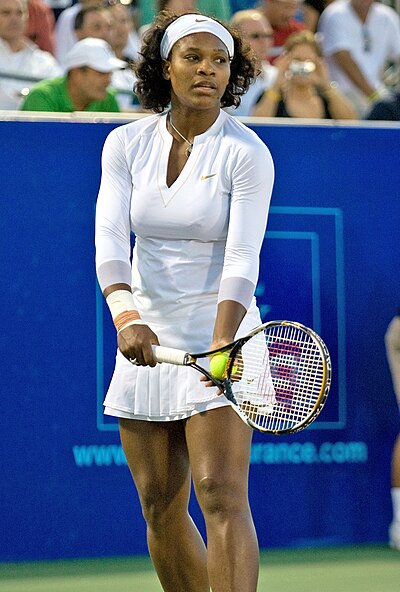The two active Yokozuna of mens' tennis play another dramatic 5-set final, and the winner is again Nadal
 It does not get much better than this: for more than four hours Roger Federer (Y1E) and Rafael Nadal (Y1W) battled each other last night, with the momentum swinging several times, before Nadal finally imposed himself again and won the 6th grand slam title of his career -- the first on hardcourt. Federer's disappointment was only too visible in end. For a long time he looked more likely to win than his opponent, however: Federer had more chances to break serve (19-16), played more winners (71-50), even gained more points overall than Nadal (174-173) -- but in the end the brilliant Swiss fell again short when his game deteriorated markedly in the fifth set.
It does not get much better than this: for more than four hours Roger Federer (Y1E) and Rafael Nadal (Y1W) battled each other last night, with the momentum swinging several times, before Nadal finally imposed himself again and won the 6th grand slam title of his career -- the first on hardcourt. Federer's disappointment was only too visible in end. For a long time he looked more likely to win than his opponent, however: Federer had more chances to break serve (19-16), played more winners (71-50), even gained more points overall than Nadal (174-173) -- but in the end the brilliant Swiss fell again short when his game deteriorated markedly in the fifth set. For Federer this is a setback in regaining the #1 spot and in equalling Pete Sampras record of 14 grand slam titles. It does not hurt him in my open era ratings though -- there he is already #2, ahead of fellow Dai-Yokozuna (=great Grand Champion) Sampras due to his greater versatility and peak dominance. To become #1 and bypass Rod Laver, Federer would have to either win the French Open or accumulate close to 20 grand slam titles -- both seems rather unlikely.
 It is to be hoped that Federer does not lose motivation after this renewed disappointment. Tennis needs Federer. It may be hard for him to regain the #1 spot, but I for my part have little doubt that on his day he still can beat Nadal. Moreover, he still tends to display more dominance vis-a-vis the other players than the Spaniard. Admittedly though, age does not play in his favor. Federer is 27, most great players start to lose consistency at this age.
It is to be hoped that Federer does not lose motivation after this renewed disappointment. Tennis needs Federer. It may be hard for him to regain the #1 spot, but I for my part have little doubt that on his day he still can beat Nadal. Moreover, he still tends to display more dominance vis-a-vis the other players than the Spaniard. Admittedly though, age does not play in his favor. Federer is 27, most great players start to lose consistency at this age.Nadal moved up one place in my open era ratings and is now #13, just behind Boris Becker and Stefan Edberg and ahead of John Newcombe. But who would doubt that he could move up further soon, his possibly as early as at the upcoming French Open, a tournament he has dominated in the past four years. Given how similar career achievements are between #6 (Rosewall) and 13, Nadal may well be the open era #6 in a year or two.
Fortunately for us, Nadal is still only 22 years old and could have many more years at the top ahead of him -- if his body continues to support his immensly physical game.




